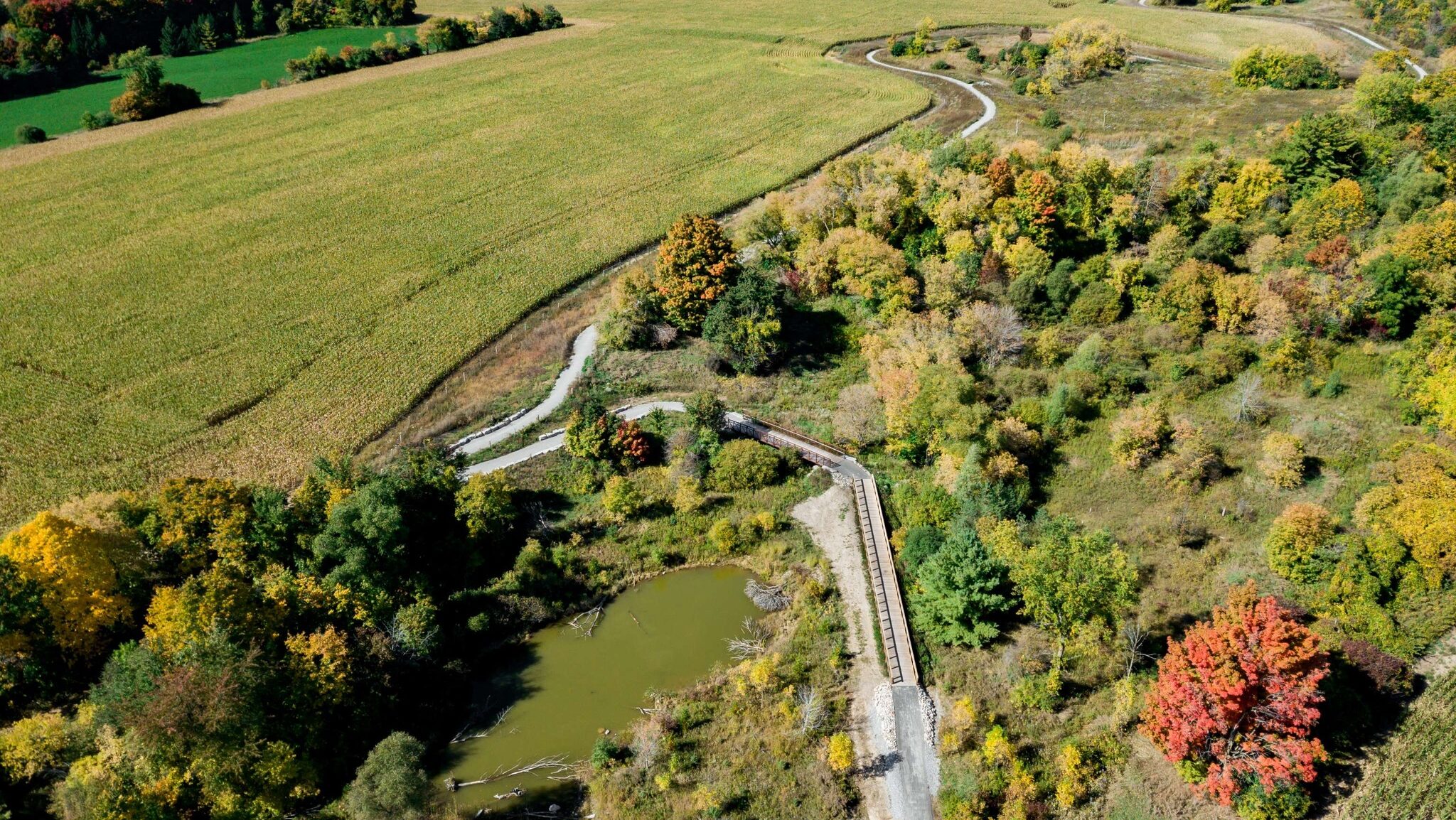Rouge National Urban Park, Canada’s first national urban park and one of the largest protected areas of its kind in the world, is marking its 10th anniversary this summer.
According to a press release, located in the Greater Toronto Area, the park spans more than 79 square kilometres and offers residents access to forests, creeks, farmland, marshland, a Lake Ontario beach, and cultural heritage sites dating back 10,000 years.
At a commemorative event held in Markham, Ontario, the Honourable Gary Anandasangaree, Minister of Public Safety and Member of Parliament for Scarborough—Guildwood—Rouge Park, recognized the efforts of Indigenous partners, volunteers, farmers, advocates, and local stakeholders who have contributed to the park’s development.
He spoke on behalf of the Honourable Steven Guilbeault, Minister of Canadian Identity and Culture and Minister responsible for Official Languages.
The ceremony celebrated a number of achievements from the park’s first decade, including the successful assembly of parklands, the passage of legislation, and the adoption of the park’s first management plan.
Other milestones included a multi-species action plan, the completion of 137 restoration projects with partners, 23 kilometres of newly built trails, and a $21 million investment toward a future visitor, learning, and community centre.
Since its establishment in 2015, Rouge National Urban Park has gained international attention as a model of conservation in an urban setting.
Its ecological footprint is 1.3 times the size of Manhattan and includes a wide array of natural, agricultural, and cultural landscapes.
Its ongoing evolution continues to be shaped by Indigenous leadership, public engagement, restoration efforts, and cooperation across government levels.
“The Rouge is setting the stage for a new era of urban tourism where conservation, recreation, and sustainability go hand in hand,” said Anandasangaree.
“With new trails, stronger community links, and a landmark visitor centre on the way, this park is not only protecting what we love about Canada, but also inviting more people than ever to discover it,” Anandasangaree added.
Minister Guilbeault emphasized the national importance of the park’s collaborative origins and environmental purpose.
“Rouge National Urban Park demonstrates how strong conservation efforts and partnerships can restore ecosystems, strengthen climate resilience, and reconnect people with nature — and with each other — within their own communities,” he said.
“Its creation was made possible through decades of dedicated advocacy by community organizers and support from all levels of government,” he added.
Throughout the year, Parks Canada will honour the park’s anniversary through special on-site programming and weekly highlights on the park’s Facebook page, offering visitors opportunities to reflect on its past and contribute to its future.
Rouge National Urban Park is home to more than 2,000 species of plants and animals and plays a critical role in protecting the region’s watersheds, wetlands, and the northern edge of the Carolinian Life Zone.
More than 300,000 native trees, shrubs, and aquatic plants have been planted since 2015, supporting habitat restoration and farmland best management practices.
This milestone highlights the increasing role that urban conservation areas play in Canada’s outdoor recreation sector.
As cities grow and public interest in nature and sustainability rises, national urban parks like Rouge serve as key models for how recreation, heritage, and biodiversity can coexist in close proximity to urban populations—encouraging stewardship, tourism, and inclusive access to the outdoors.
Featured image by Rouge National Urban Park, Parks Canada via Facebook


